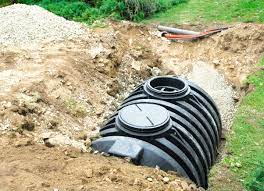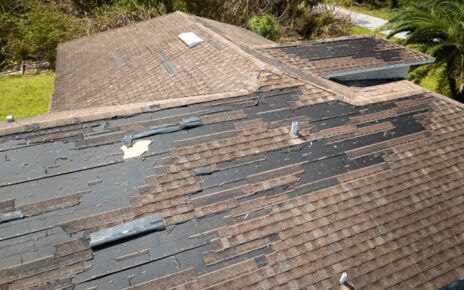When managing household wastewater in areas without access to centralized sewer systems, septic tanks provide an efficient and reliable solution. Proper installation is crucial to ensure the long-term functionality and effectiveness of your septic system. Before installing a septic tank, conduct a percolation test and site evaluation. A percolation test helps determine the soil’s absorption rate and its ability to treat and filter wastewater efficiently. During testing, holes are dug, filled with water, and the percolating time is measured. This information helps determine the appropriate size and design of the septic system. Additionally, a site evaluation considers factors such as soil type, topography, proximity to water sources, and local regulations to ensure compliance and minimize potential environmental impact.
Selecting the right tank size is crucial for the proper functioning of your septic system. The tank size should be based on the number of bedrooms in your home, daily water usage, and the percolation rate of the soil. A larger tank allows for more wastewater storage and longer intervals between pump-outs. However, strike a balance to avoid excessive tank sizes that lead to inadequate wastewater treatment or unnecessary costs. The material used for your septic tank is crucial in its durability and longevity. Common materials for septic tanks include concrete, fiberglass, and plastic. Concrete tanks are durable and withstand high groundwater levels but may be susceptible to cracking over time. Fiberglass tanks are lightweight, resistant to corrosion, and offer a longer lifespan.
Consider factors such as durability, maintenance requirements, and local regulations when selecting the appropriate tank material for your installation. The distribution box and drain field are critical components of the septic system, responsible for evenly distributing the treated wastewater into the soil for further filtration and absorption. Proper design and installation of the distribution box and drain field are essential for optimal performance. The distribution box ensures equal flow to each drain field line, preventing overloading and ensuring even distribution. Regulations may include setback distances from property lines, wells, water bodies, or other sensitive areas. Septic system needs to comply with these regulations to protect the environment and function properly.
Septic tank installation is a complex process that requires professional expertise. Hire a reputable septic system installer with experience in design, installation, and maintenance. Professional installers have the necessary skills and equipment to construct the tank, distribution box, and drain field. They provide valuable guidance on maintenance practices to keep your septic system functioning efficiently for years to come. Once your septic tank installation is complete, regular inspections and maintenance are crucial to its long-term success. Schedule periodic inspections by a professional septic service provider to assess the system’s health, check for any signs of issues, and perform necessary maintenance tasks such as pump-outs and filter cleanings. Following a regular maintenance schedule helps prevent septic tank problems, prolongs the life of your septic system, and ensures its continued functionality.





